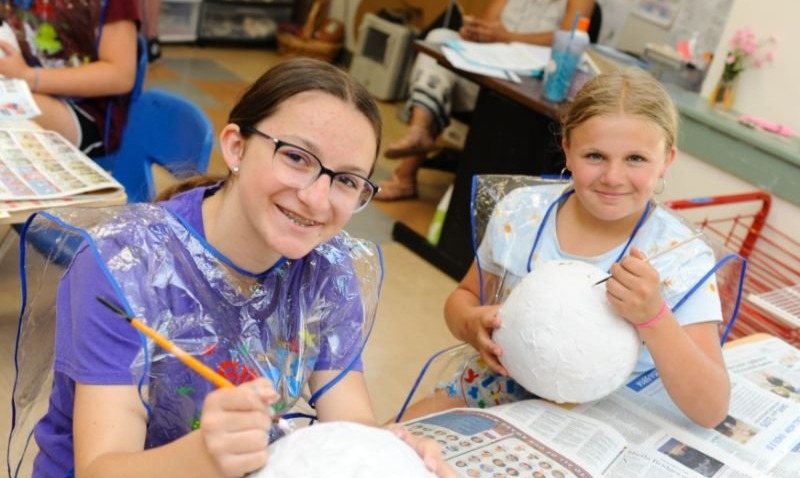Seventh & Eighth Grade
Dr. Maria Montessori observed students of all ages and envisioned the ideal environments for each of the Four Planes of Human Development. Her vision of educational reform was to have educators objectively observe the natural needs of students and create an environment ideal for their development.
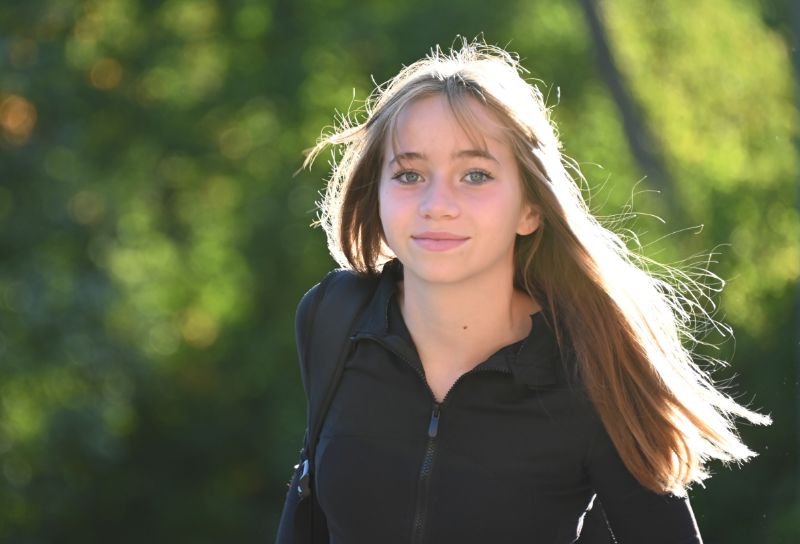
The Middle School Experience
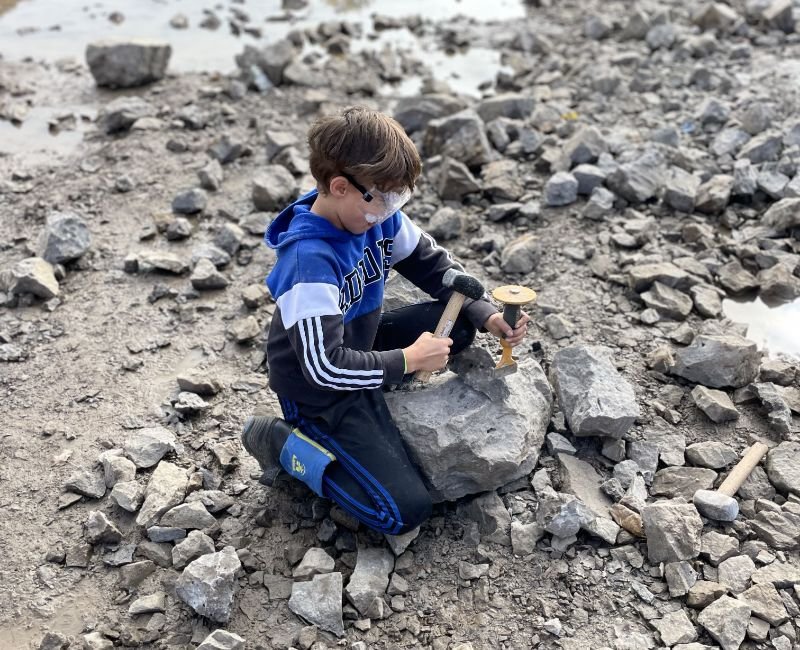
- Hands-on, theme-based curriculum that is relevant, challenging, integrative, and exploratory
- Our integrated curriculum is committed to enriching the lives of adolescents, truly preparing them for the future
- Assessment and evaluations that promote true understanding in multiple subject areas
- Tests and quizzes, rubrics, portfolios, Socratic seminar, self and peer assessment, peer teaching, collaborative learning, written and oral assessment, narrative and numeric feedback
- Individual, small and whole group lessons
- The teacher is a guide and mentor: low teacher-student ratio
- All students develop self-confidence and self-awareness (valorization)
Additional Opportunities
- Community meetings: Students facilitate, record minutes, plan for events, resolve community issues
- School Trips: Experiential learning, development of autonomy and responsibility, trip planning and preparation
- Students to pursue and develop individual interests, service endeavors, occupations work, differentiated learning, multiple pathways toward reaching learning objects
- Community Service: All students engage in service learning curriculum, develop, and implement a student designed service project
- Micro-economy/student-run business: Budgeting, inventory, record keeping, cooking, entrepreneurial skills, teamwork, marketing, using tools like Excel
- Student led activities: Service, School Store, Coffee House, Banking, Gardening, Embroidery (changing each year)

How WHMS Meets the Needs of the Adolescent
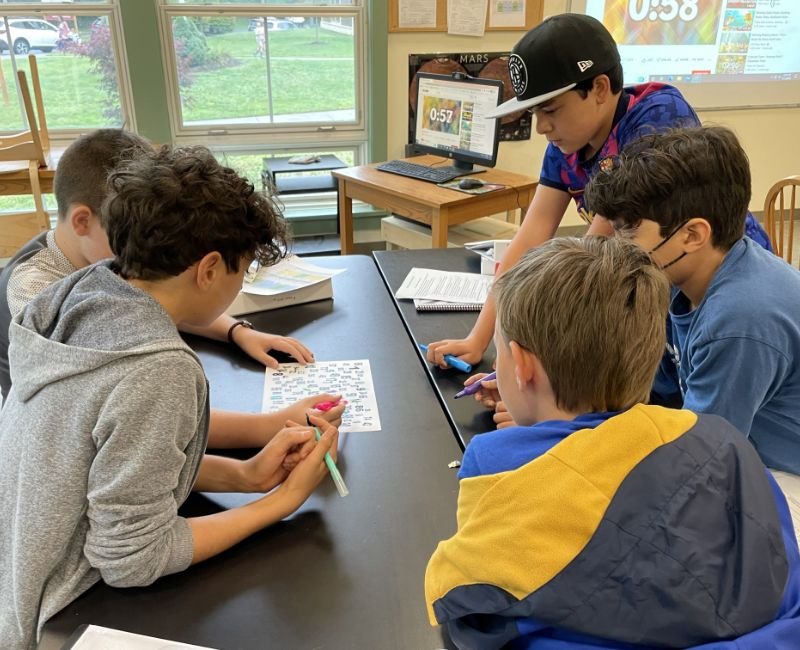
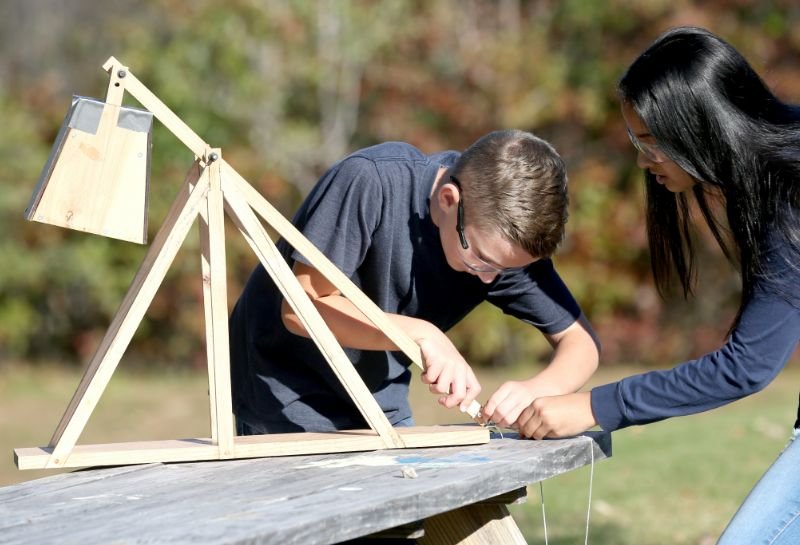
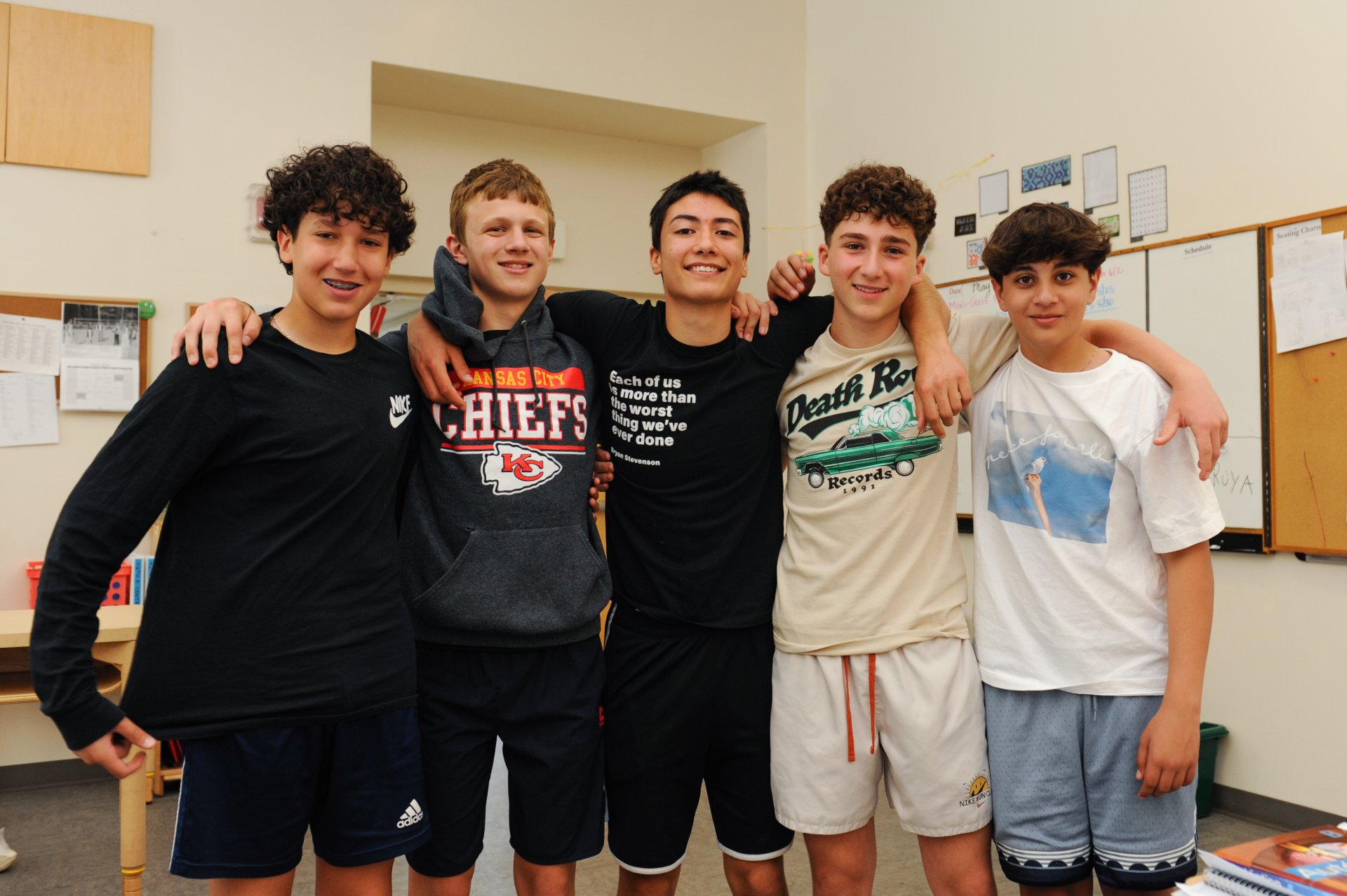
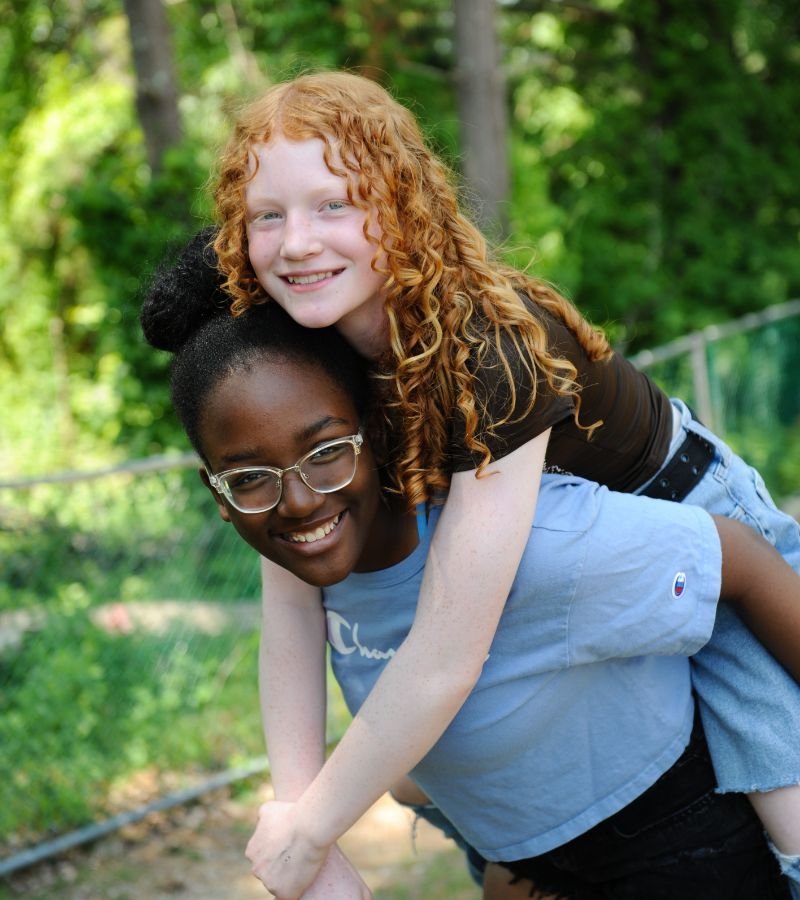
Spanish and Latin
Middle School students are introduced to Latin vocabulary and grammar via the Cambridge Latin Course, Unit I, a widely-used textbook both in the United States and abroad. It follows a Pompeiian family on the eve of the eruption of Mount Vesuviusin 79 AD. An emphasis is placed on Roman culture, English derivatives, and learning to read Latin without using English as a crutch.
In Spanish, students cover basic grammar concepts and vocabulary over the two-year Middle School program. Students spend class time listening, speaking, reading, and writing in Spanish. An introduction to Spanish culture through the study of selected Spanish-speaking countries, as well as other Spanish cultural activities, are included throughout the program. Focus on developing the students' ability to read and comprehend simple Spanish sentences and stories with an emphasis on the development of Spanish vocabulary is highlighted. Upon completion of the Middle School program, a Level 1 Spanish novel is read and discussed, connecting cultural points, grammar and vocabulary learned throughout the course.
Fine Arts
The students utilize a discipline-based arts education plan which presents individual artistic areas of painting, acting, singing, composing, photography, dance, and sculpture, and includes a general education for aesthetic literacy which integrates the arts with other academic endeavors.
